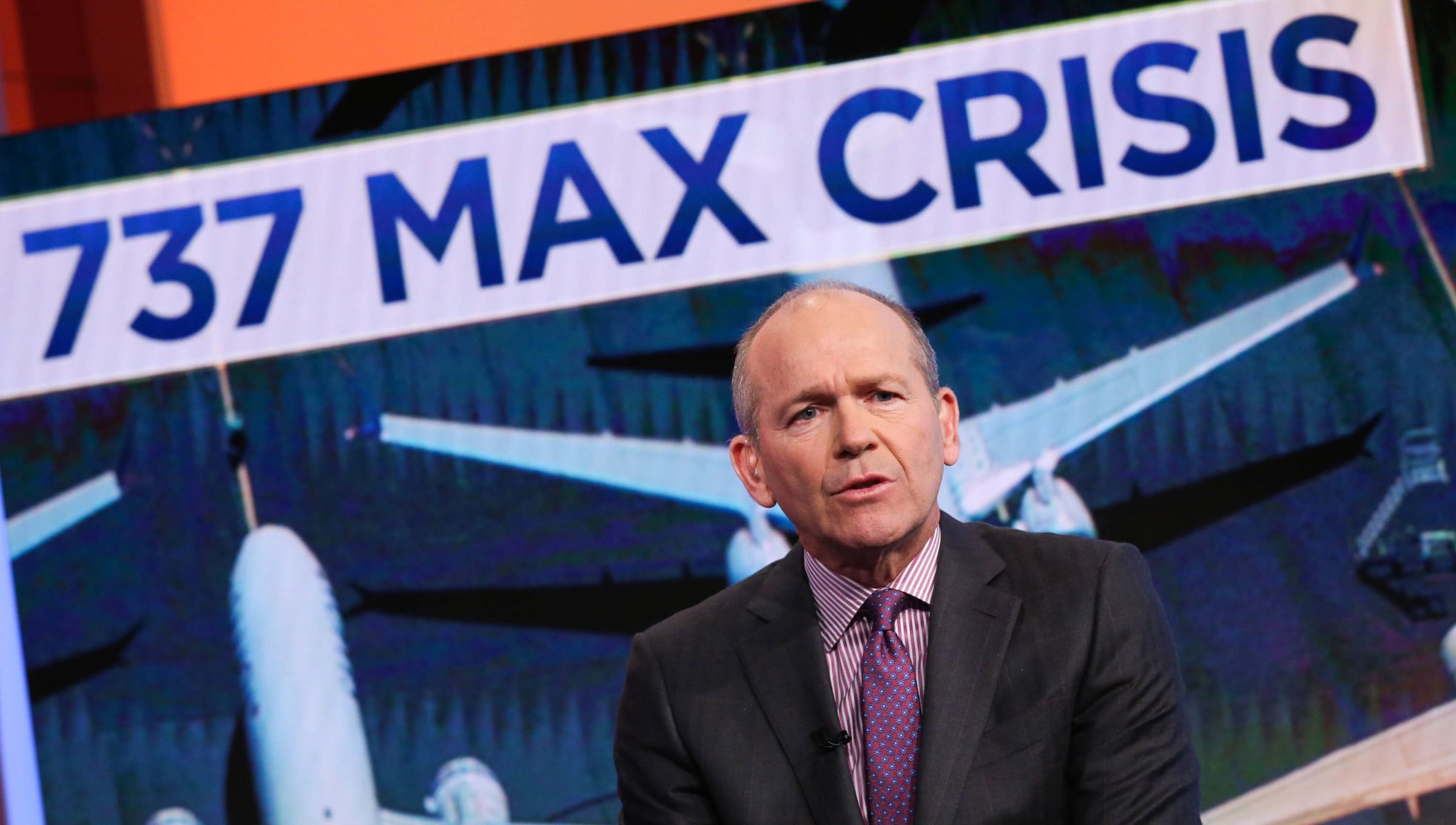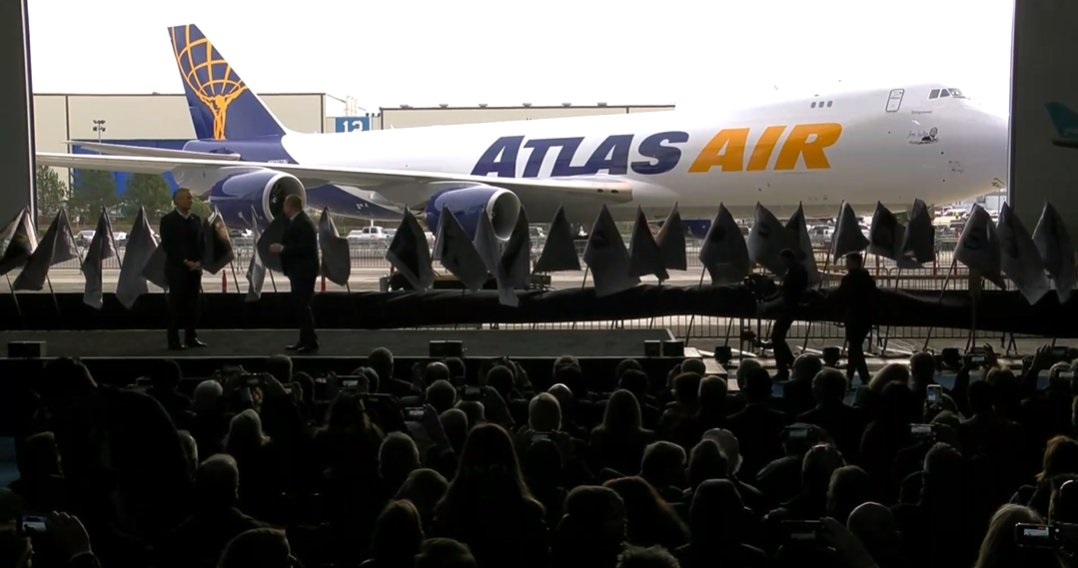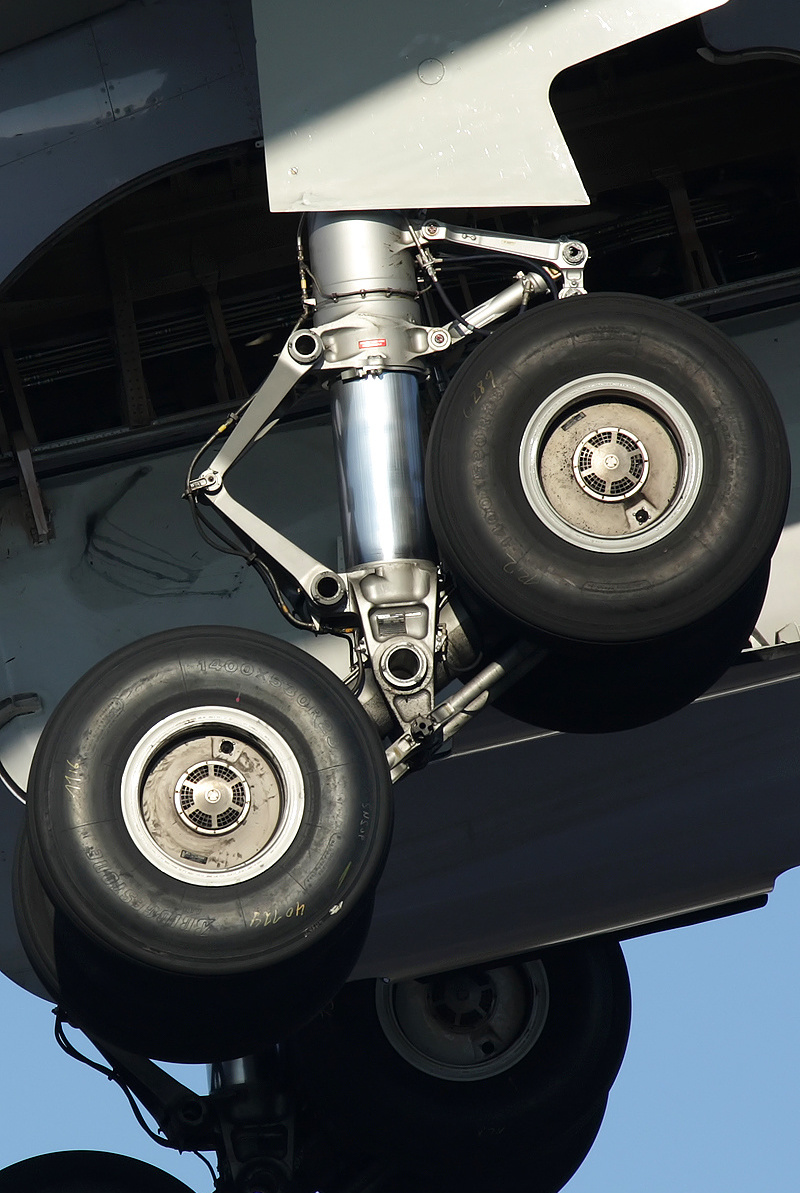David Calhoun at Boeing: Facing the Past, Navigating the Future

David Calhoun, the man placed at the helm of Boeing at the most difficult time the company has ever gone through in decades of existence, is today considered guilty and responsible for the failure and problems of the North American giant.
On January 13, 2020, Boeing's current CEO, David Calhoun, assumed the role of Executive Director, succeeding his predecessor, Dennis Muilenburg. However, Calhoun had already played the role of non-executive Chairman since October 2019. At that time, Boeing's board of shareholders chose to separate the roles of Chairman and CEO, previously held by Muilenburg, with the aim of allowing the CEO to focused entirely on the company, especially on the challenge of reintegrating the 737 MAX-8 models into the fleet of aircraft in service.
The change in leadership was a response to the need to restore confidence in the company's advancement, following two accidents involving the same aircraft model within a six-month period. On December 23, 2019, Boeing announced Muilenburg's resignation as CEO and his departure from the board of shareholders. According to the board, the decision aimed to begin a new phase, focusing on rebuilding relationships with regulators, customers and other stakeholders, in order to reestablish trust in the company.
The businessman's difficult mission
Boeing's new CEO has taken on the responsibility of restoring the company's greatness and regaining the trust of the public and airlines, especially in light of the global flight ban imposed on the 737 MAX 8 by several regulatory entities. Calhoun, although not an engineer but rather a businessman, defined a single objective: to return the 737 MAX to the skies and ensure the safety of all aircraft. This mission represented a significant challenge for someone who did not have a technical background in the field, but who was determined to lead Boeing toward recovery and rebuilding confidence in the quality and safety of its aircrafts. This recertification was achieved at the end of 2020 when the first commercial flight with a 737MAX 8 was performed again, thus beginning the aircraft's return to service.
Four years have passed since Calhoun took over leadership of the American company, and previous problems with the 737MAX seemed to have been overcome by public opinion. Boeing was gradually recovering and regaining its prominent position in the aerospace industry. However, at the beginning of 2024, the company faces new challenges, this time related to the 737MAX 9 model, a slightly larger version of the MAX 8.
Recently, concerns arose regarding the safety of the aircraft, as one of the fuselage covers, intended for installing an emergency exit in versions with greater capacity, came loose from the rest of the structure. Additionally, several airlines have reported discovering loose screws during safety inspections, further aggravating the situation. This news brought global attention back to Boeing and its CEO.
With the new problems faced by Boeing, questions arise about the persistence of challenges related to production quality and safety, regardless of the CEO change. Although Calhoun is at the center of the criticism, many argue that the roots of the problems lie deep within the American giant's offices. Currently, Calhoun is being crucified for issues he inherited rather than originating under his leadership.
It is important to highlight that the MAX 9 project, now facing complications, has been introduced into service since 2018, two years before Calhoun's ascension to the company's executive position. Concerns about aircraft quality and safety date back to the previous administration.
In a public statement, Calhoun not only took responsibility for the recent incidents, but also acknowledged the shortcomings of the past. He declared, "We simply must be better; our customers deserve better."
Both Calhoun and Muilenburg are not the villains of this narrative; they are mere pawns in a larger internal game within Boeing. The American giant can change its CEO as many times as it wants, but until it identifies and corrects the root of the problems, persistent issues will continue to haunt the company. Changes in leadership alone are not enough to resolve the underlying challenges.
It is crucial to understand that the complexity of the problems facing Boeing goes beyond the figures of its CEOs. The company needs to look deeply within its internal structures and processes to identify the gaps that have contributed to quality and safety issues on its aircraft. Without a holistic and systematic approach to resolving these structural issues, changing leadership may seem like just a superficial solution.
It is understandable that the public would look for individual culprits for the problems of such an influential company. However, the reality is that Boeing's challenges go beyond the actions of a single leader. A collective organizational effort is needed to redesign processes, implement rigorous quality standards and strengthen safety protocols.
Boeing faces a pivotal moment in its history where the responsibility lies not just with leadership, but with the entire organization to make the necessary changes.
.png)
READ NEXT...
 8898
8898The Last Ever Boeing 747 Jumbo Jet Is Delivered To Atlas Air
The last ever Boeing 747 was delivered to Atlas Air, marking the end of a historic Boeing jumbo program. Read more on our blog.- 8685
Southwest Airlines considers ordering 300 Boeing 737 MAX
Southwest Airlines wants to order up to 300 Boeing 737 MAXs, consisting of 130 firm orders and 170 optional orders.  7920
7920Why is the landing gear tilted?
Have you ever wondered why a lot of big jets have a landing gear that is tilted?

